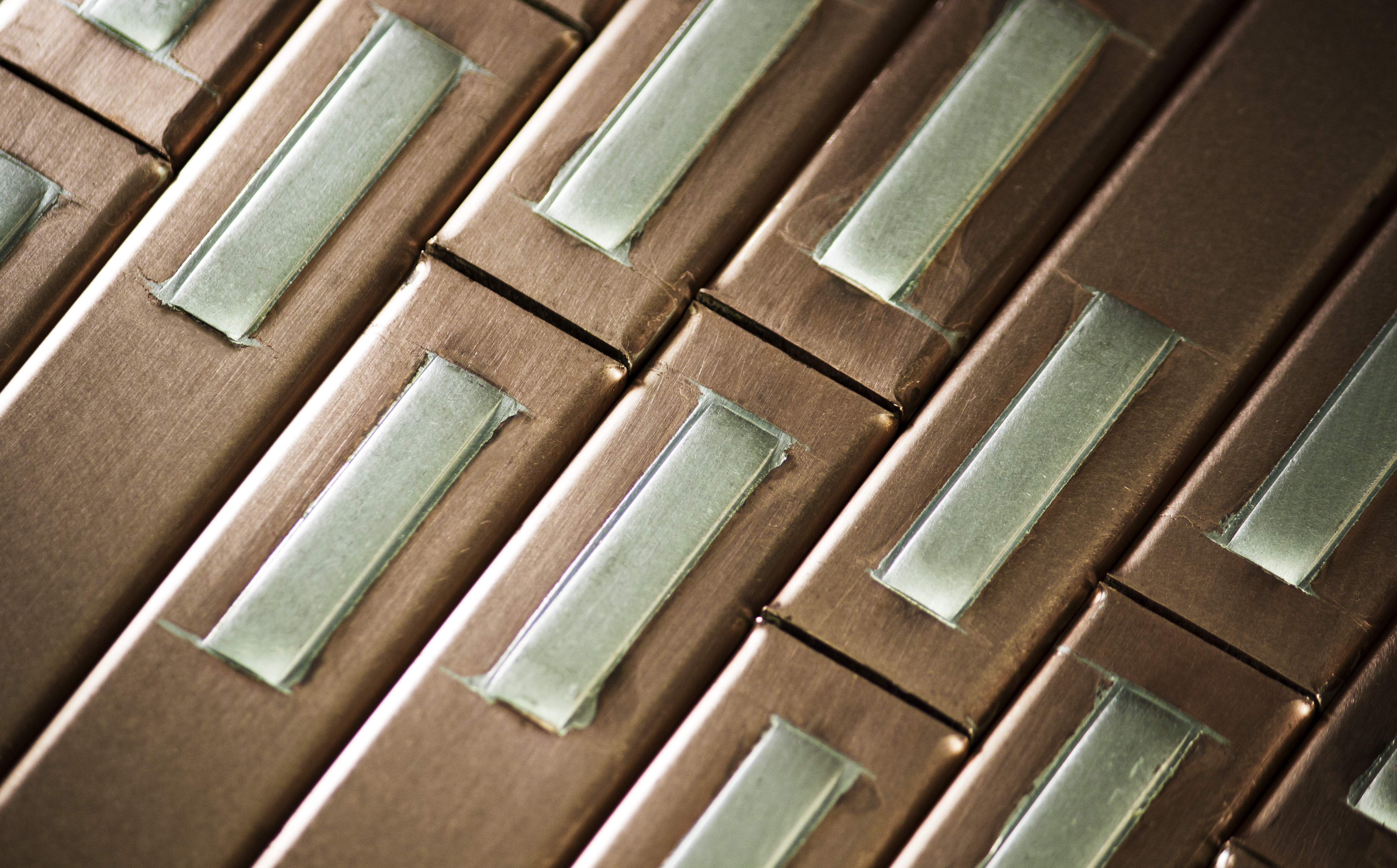Selective Plating
Selective plating entails the deposition of plating onto the surface of a part in a specific region or regions while leaving other areas of the part unchanged. In practice it is an extension of the rack-plating technique in which certain areas of the part are masked from the plating tank solution and/or current to eliminate plating in this area. The benefit of selective plating is that it can drastically reduce metal costs while avoiding dimensional changes in critically machined areas where plating is not necessary. A Square specializes in selective plating processes and is an industry leader in the art of selective plating. We utilize 40+ years of selective plating experience to develop the perfect mask for each individual part.
In addition to traditional selective plating processes, A Square has developed a proprietary technique in which heavy plating occurs favorably in the low-current density regions of the part. This technique allows for the internal surfaces of parts to be plated without having to overplate the high-current external surfaces of the rest of the part. We term this particular type of plating as "internal" plating. Please contact us to discuss the selective plating possibilities for your current project. We gladly accept all challenges and will do our best to provide you an engineered solution to your selective coating requirements.

BENEFITS OF Selective PLATING
- Reduced metal costs
- Plating only in required areas
- Possible to process sections of large parts that are too big to be fully plated
- Multiple finishes can be combined on one part
- Can favor low-current density regions
DRAWBACKS OF Selective PLATING
- Labor intensive: By a wide margin, the largest drawback of selective plating is that the process can be time-consuming and labor intensive. At times, the benefit in reducing metal costs is outweighed by the increased output in labor costs. For a selective plating method to be economically viable, efficient masks must be developed. At A Square we strive to do just that, and have a team of engineers in place to implement suitable and efficient masks for any selective plating task.
- Longer lead-times: Due to the labor intensive nature of the process, selective plating processes take longer to implement than traditional rack or barrel plating. We work closely with your engineers and purchasing department to schedule the production of parts to allow for adequate time for plating.
- Mask bleed: At times, plating solution can seep underneath the maskant leading to overplating or discoloration of the adjacent base material. This visual defect is typically superficial in nature and if problematic, A Square has a variety of techniques to reduce or eliminate the effects of mask bleed.
- Parts incompatible for selective plating: Due to the shape, size and required plating areas some parts may not be able to be selectively plated. However, with our dedicated team of engineers with over 100 years of collective experience in the industry we guarantee that if it can be done, and if it offers cost savings, we will be able to devise a solution to suit your selective plating needs.
Contact us to further discuss any questions, comments, or concerns, you have regarding the selective-plating process or to discuss which plating method is most suitable for your projects specific requirements.